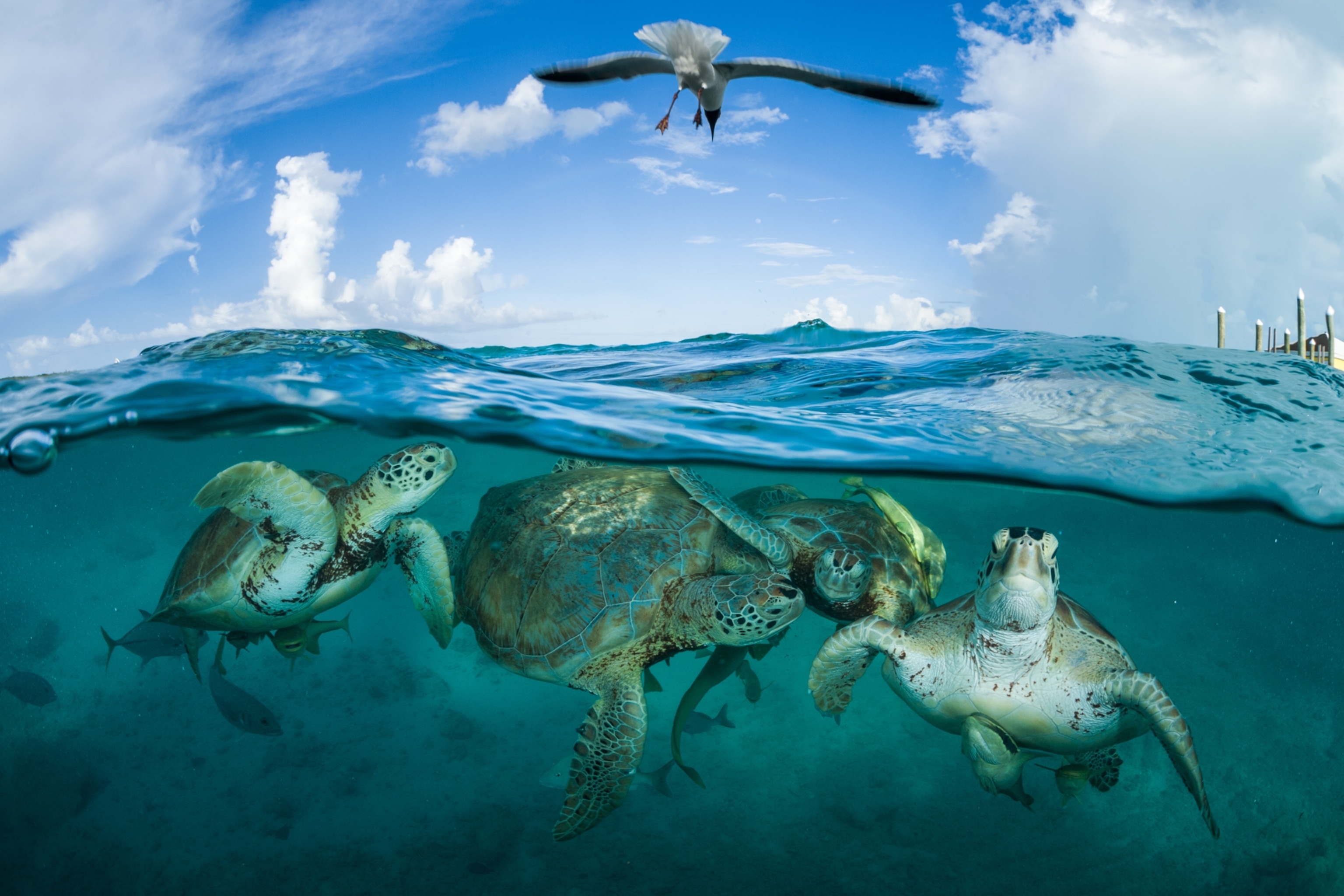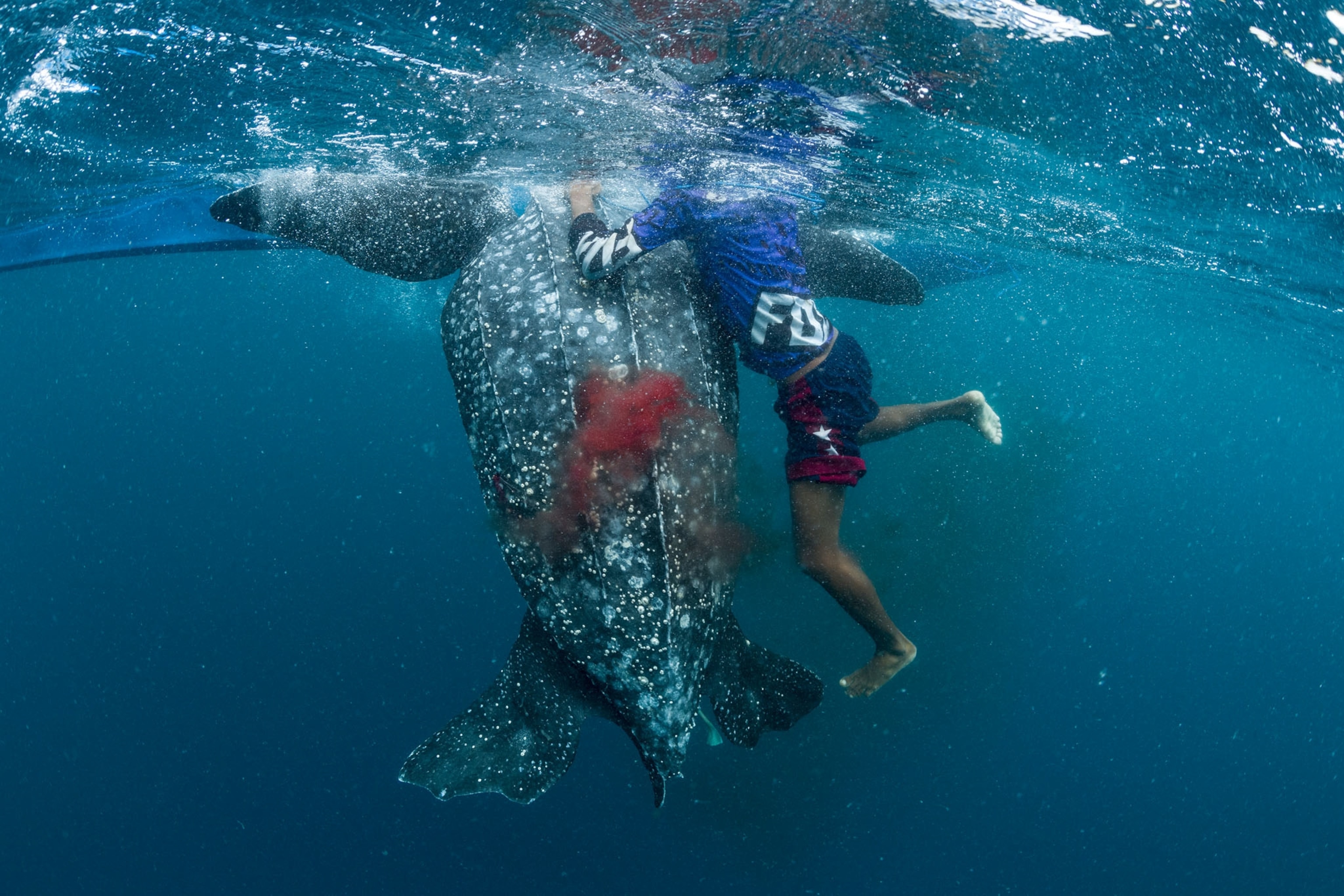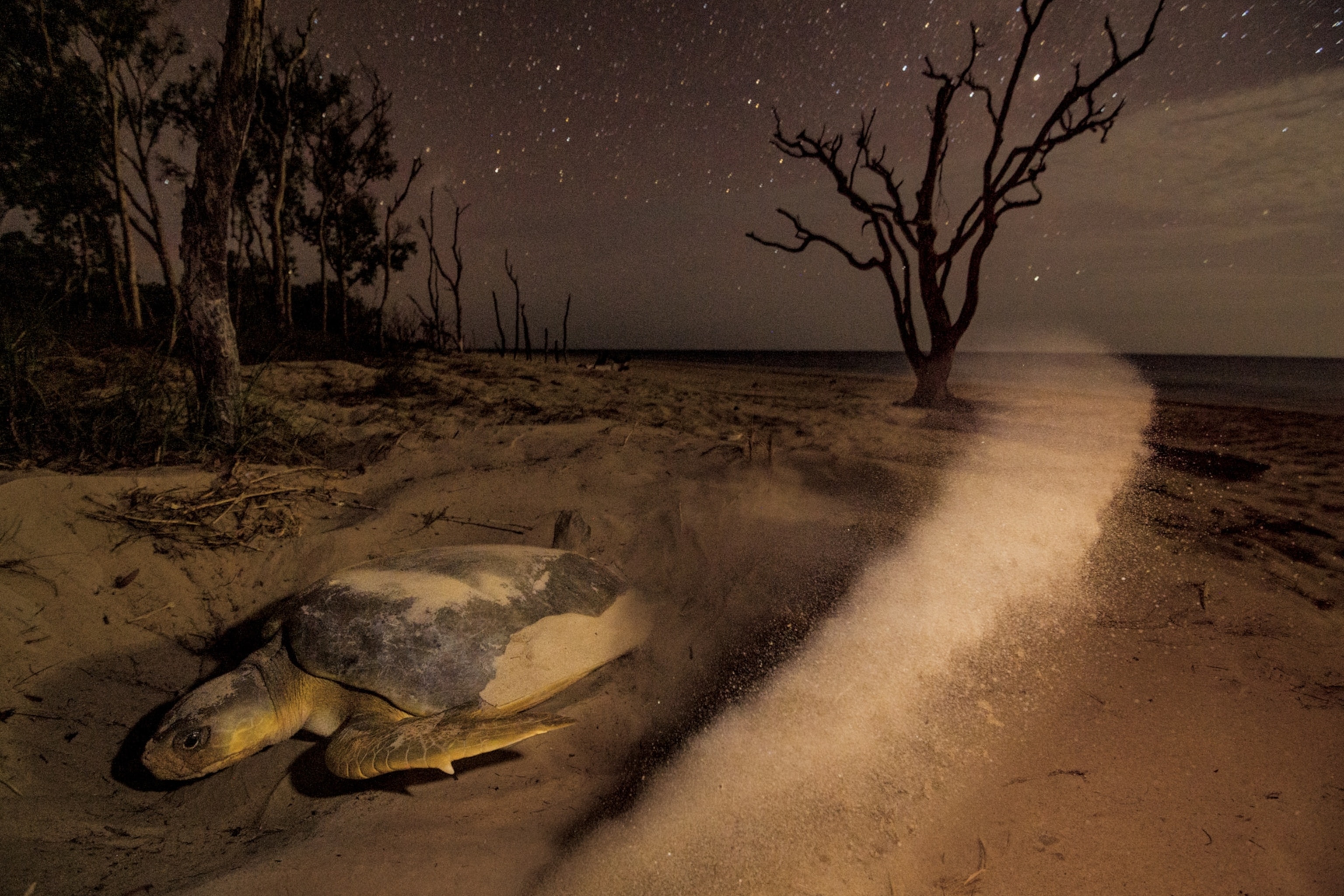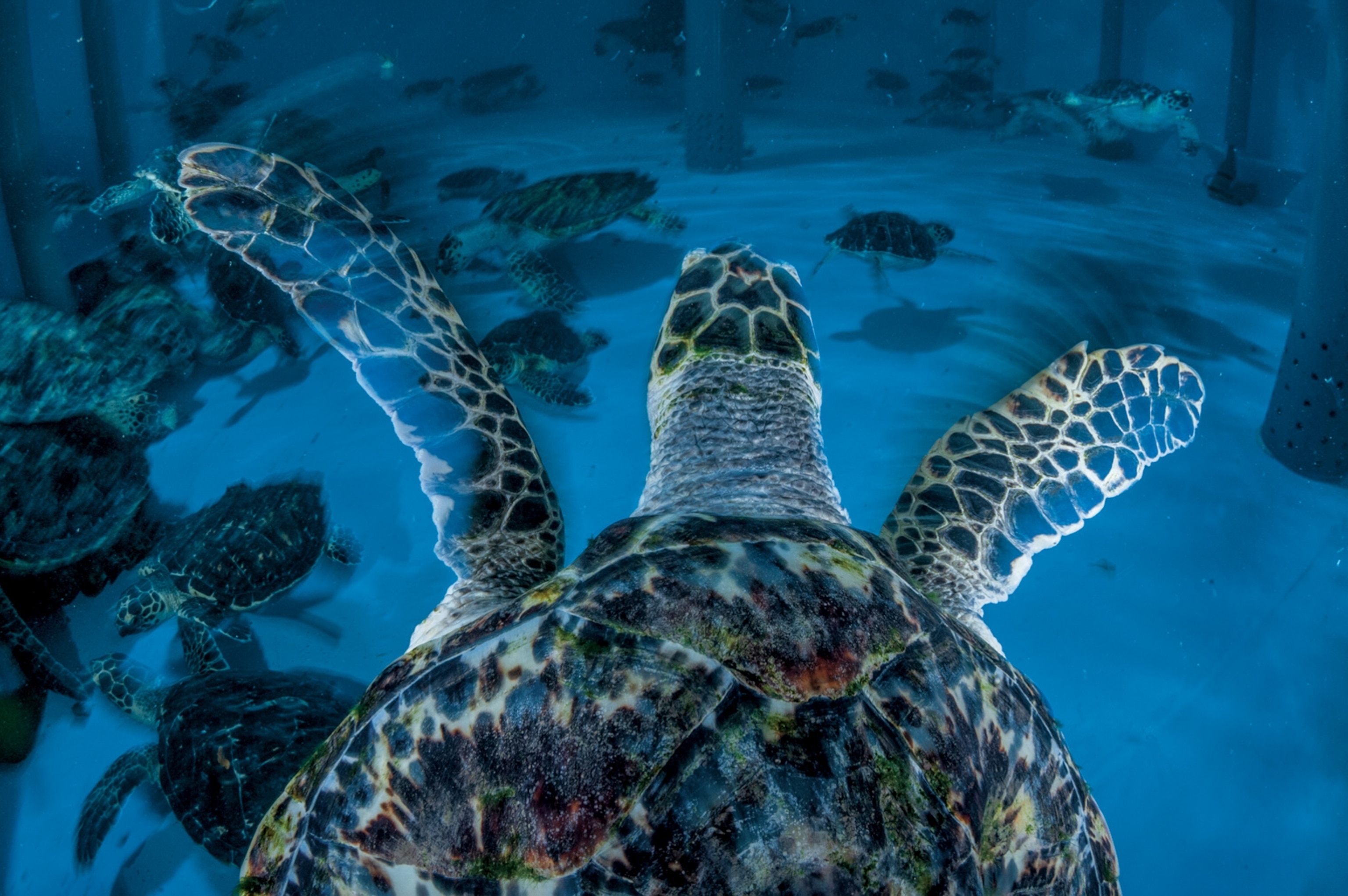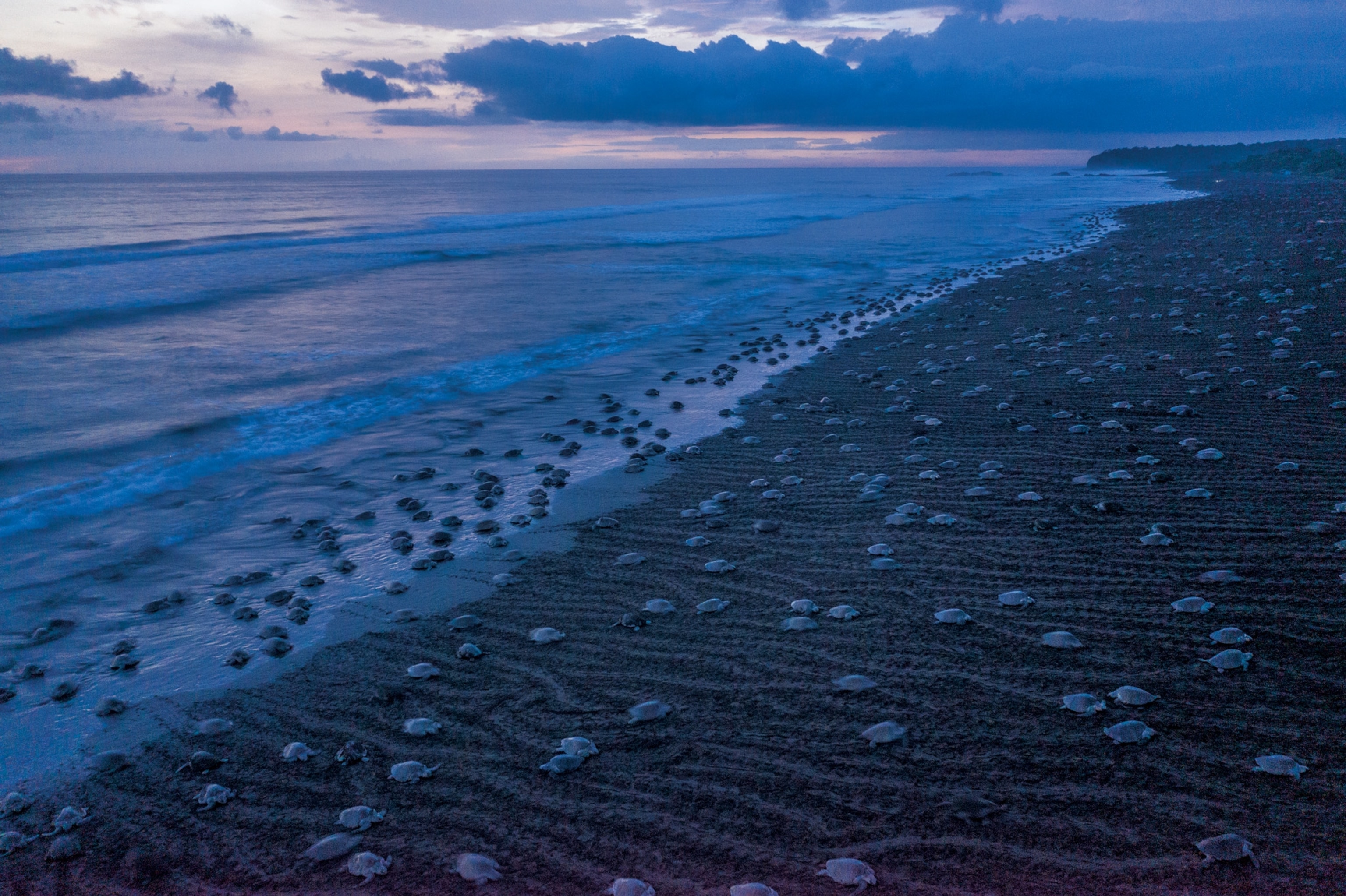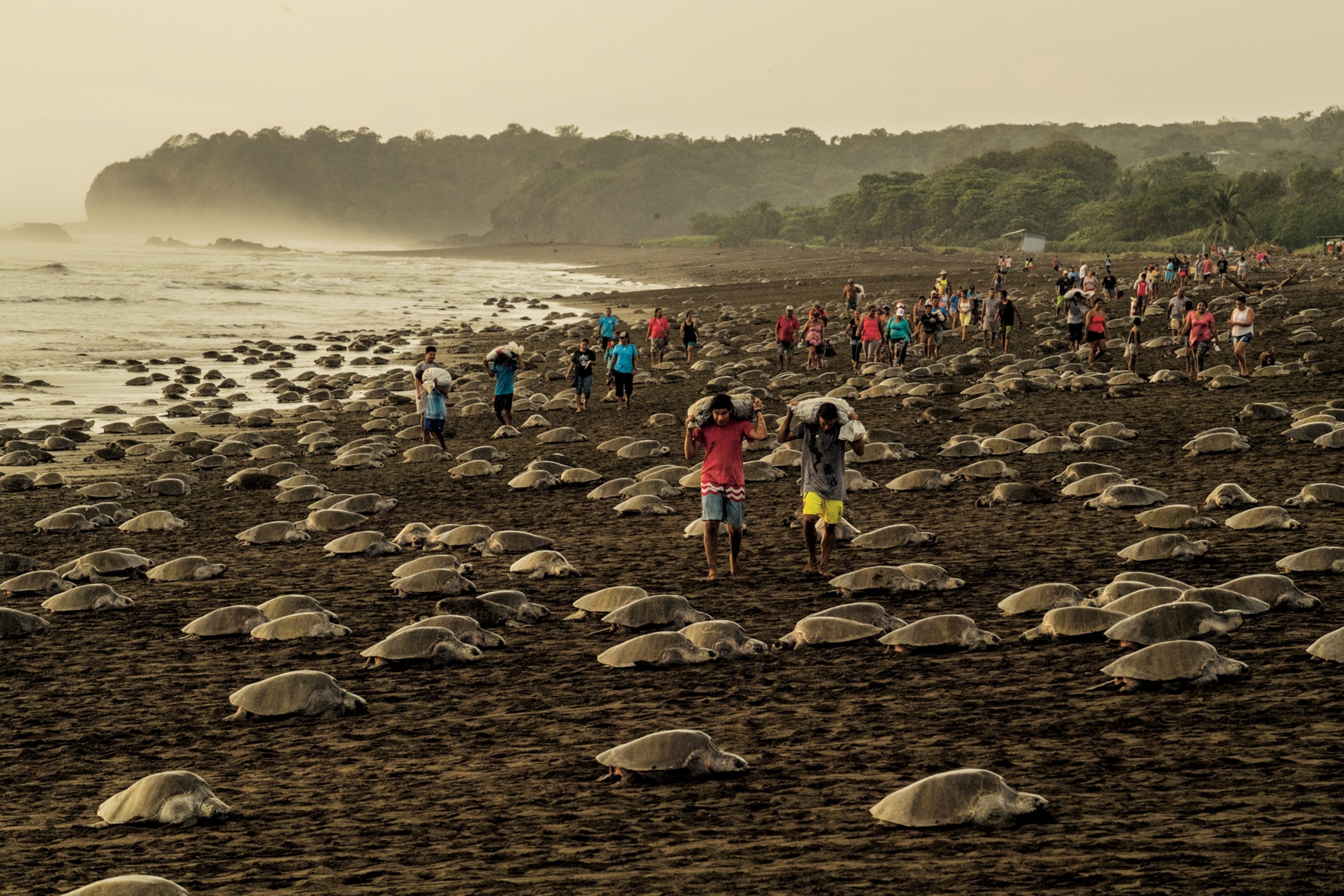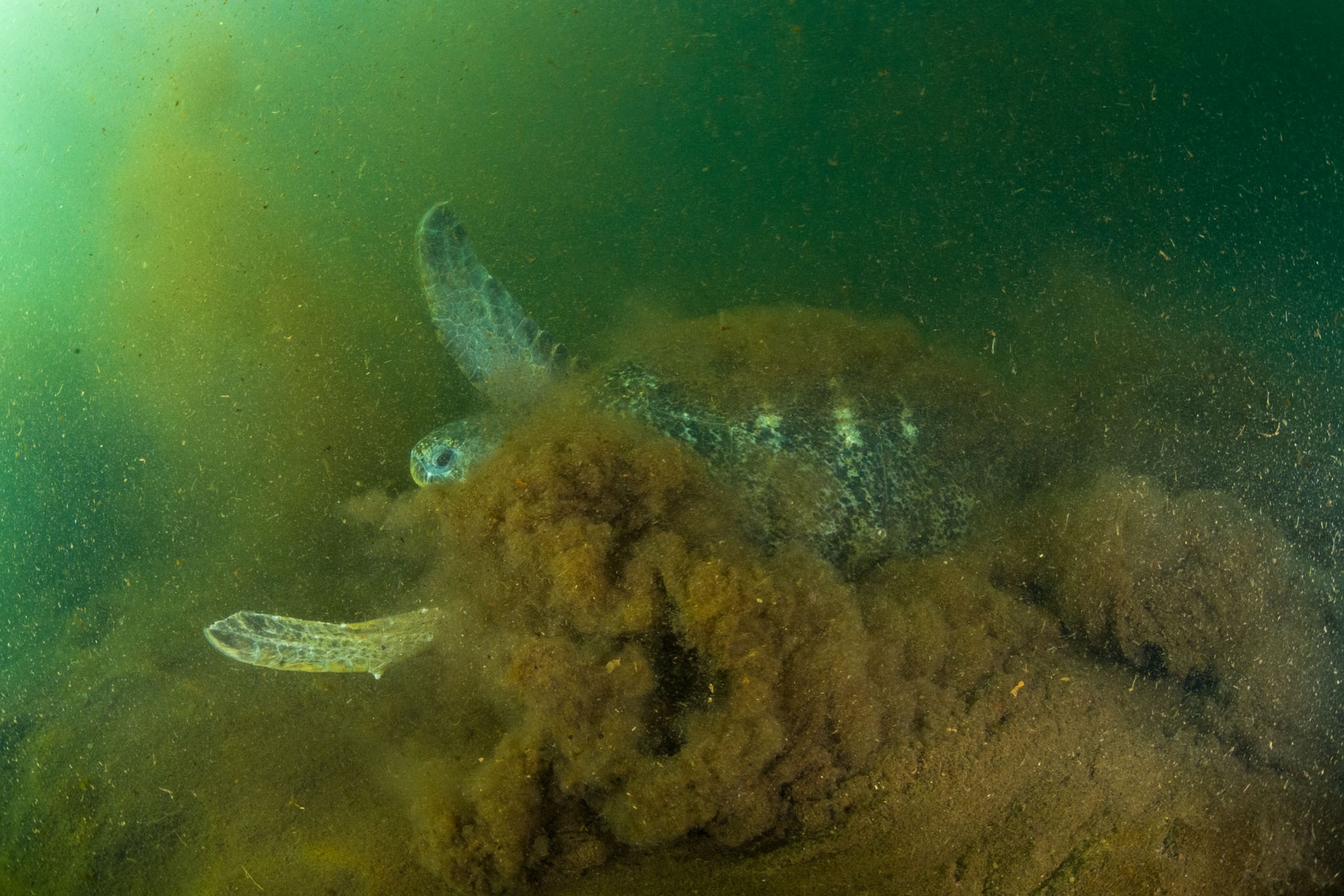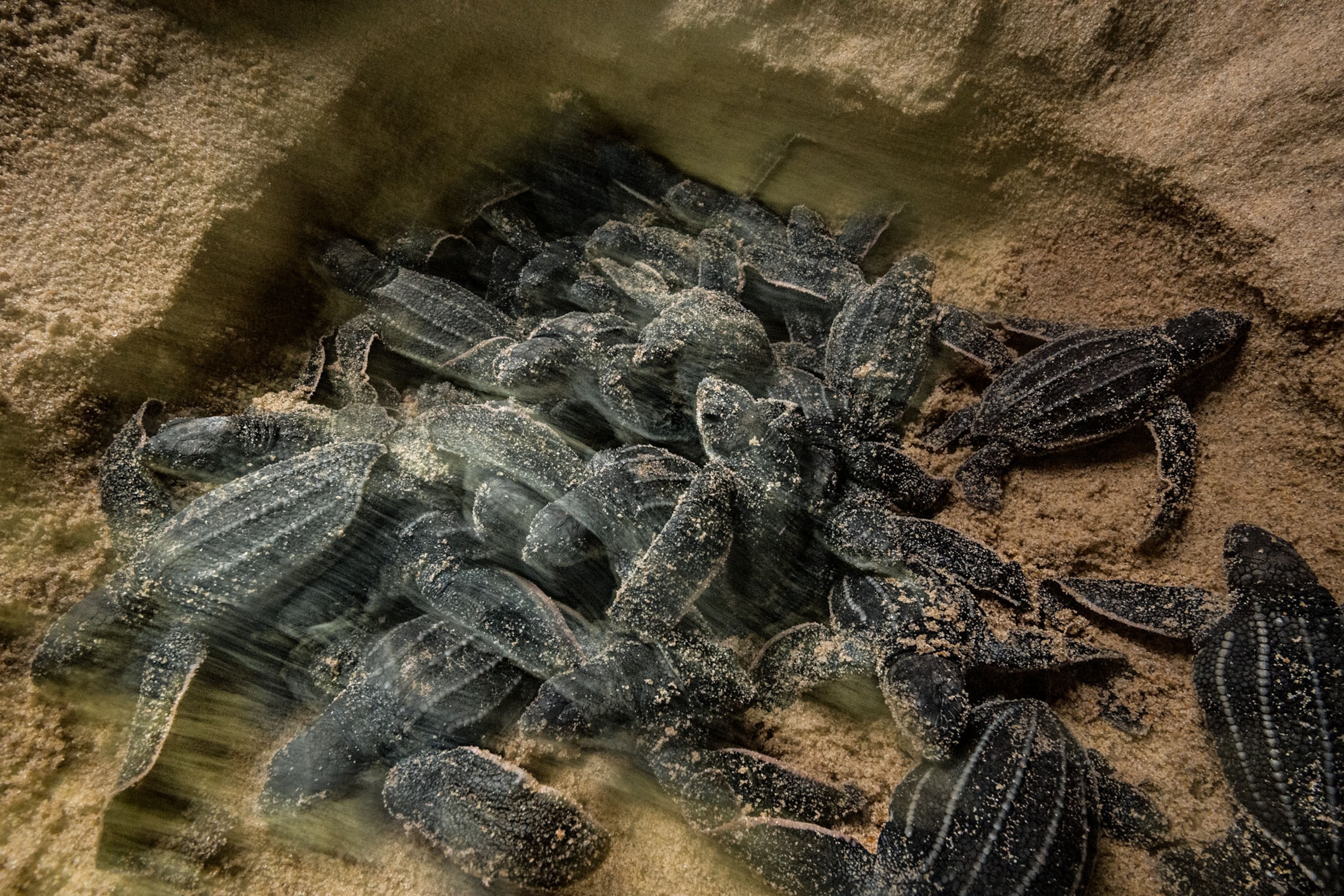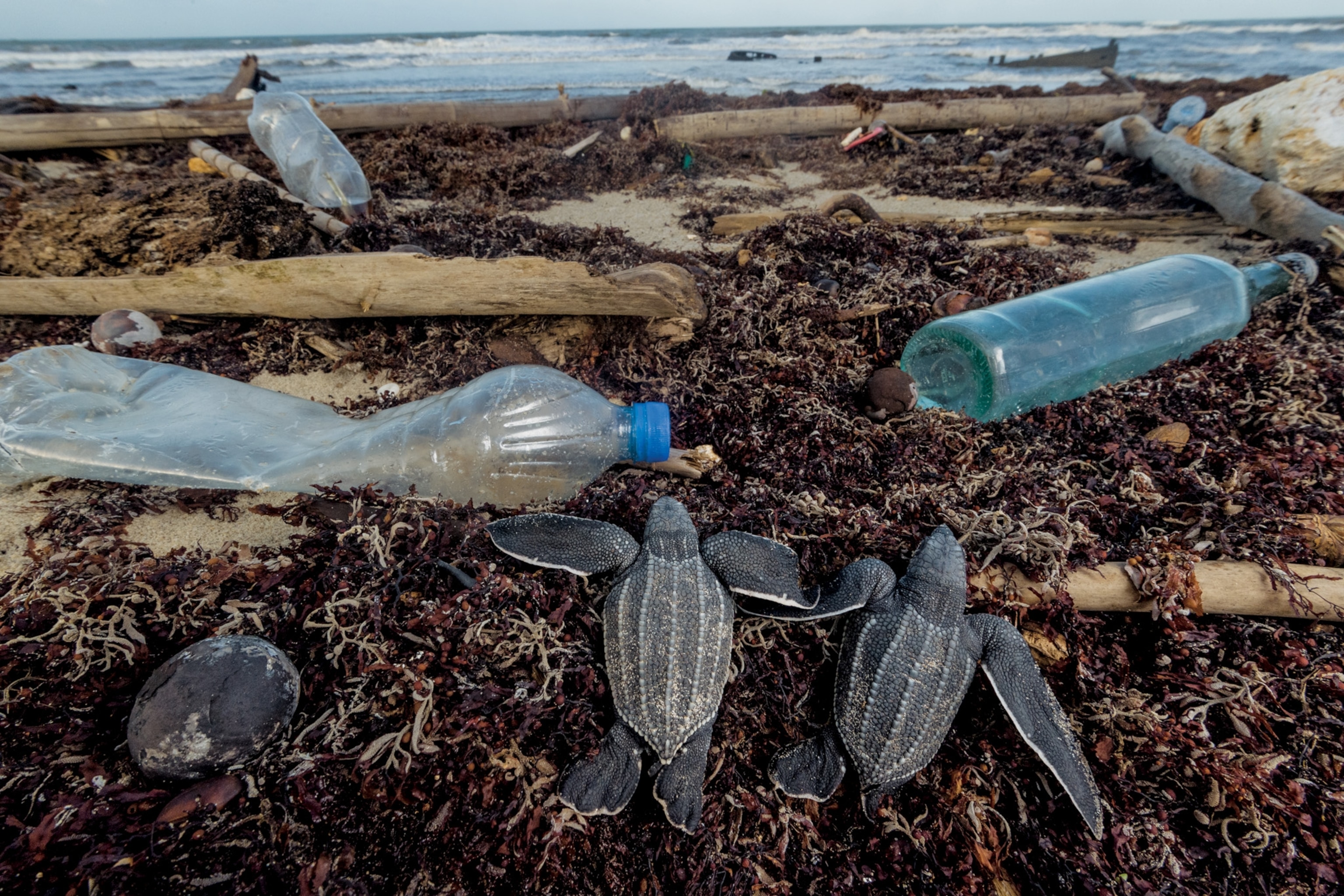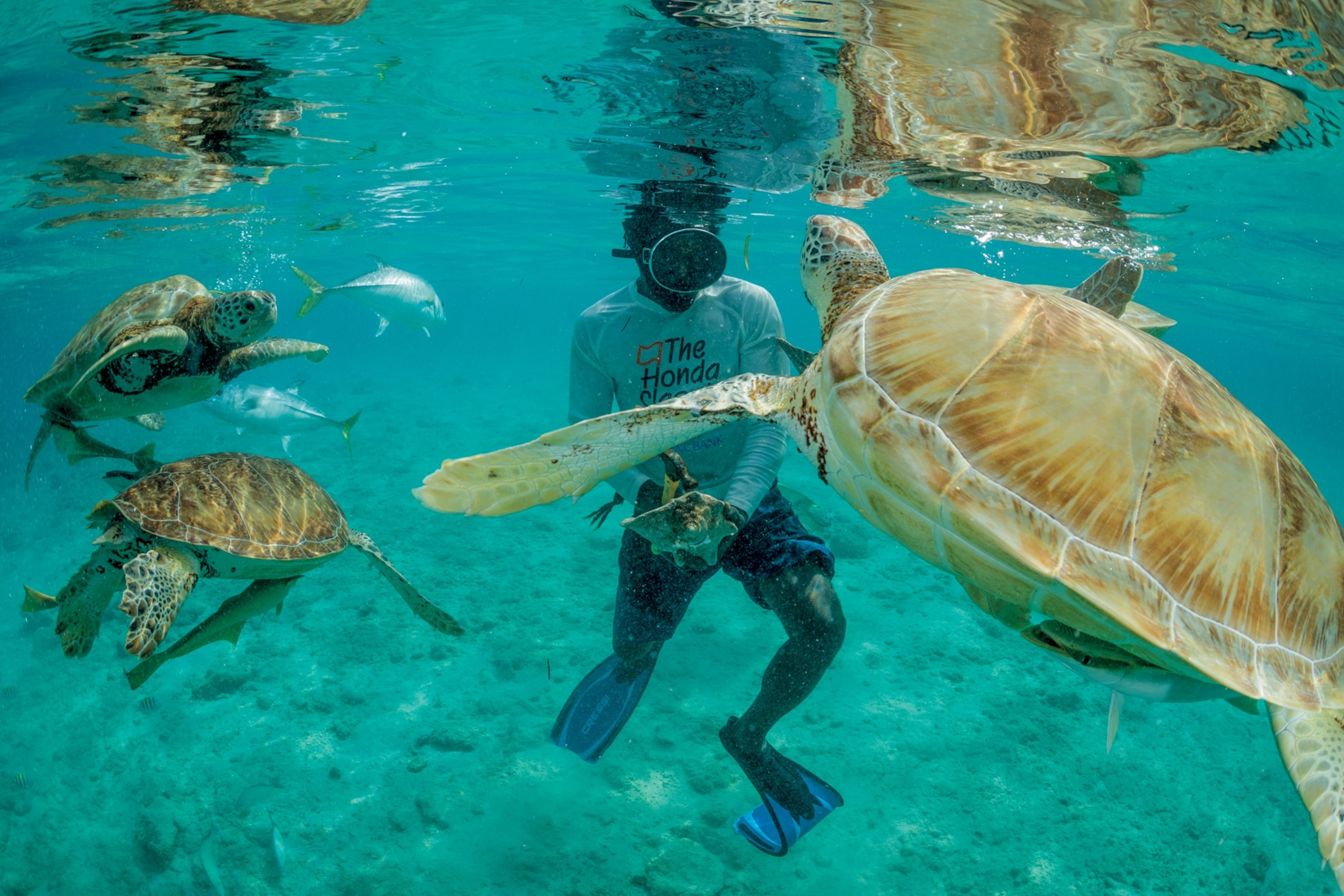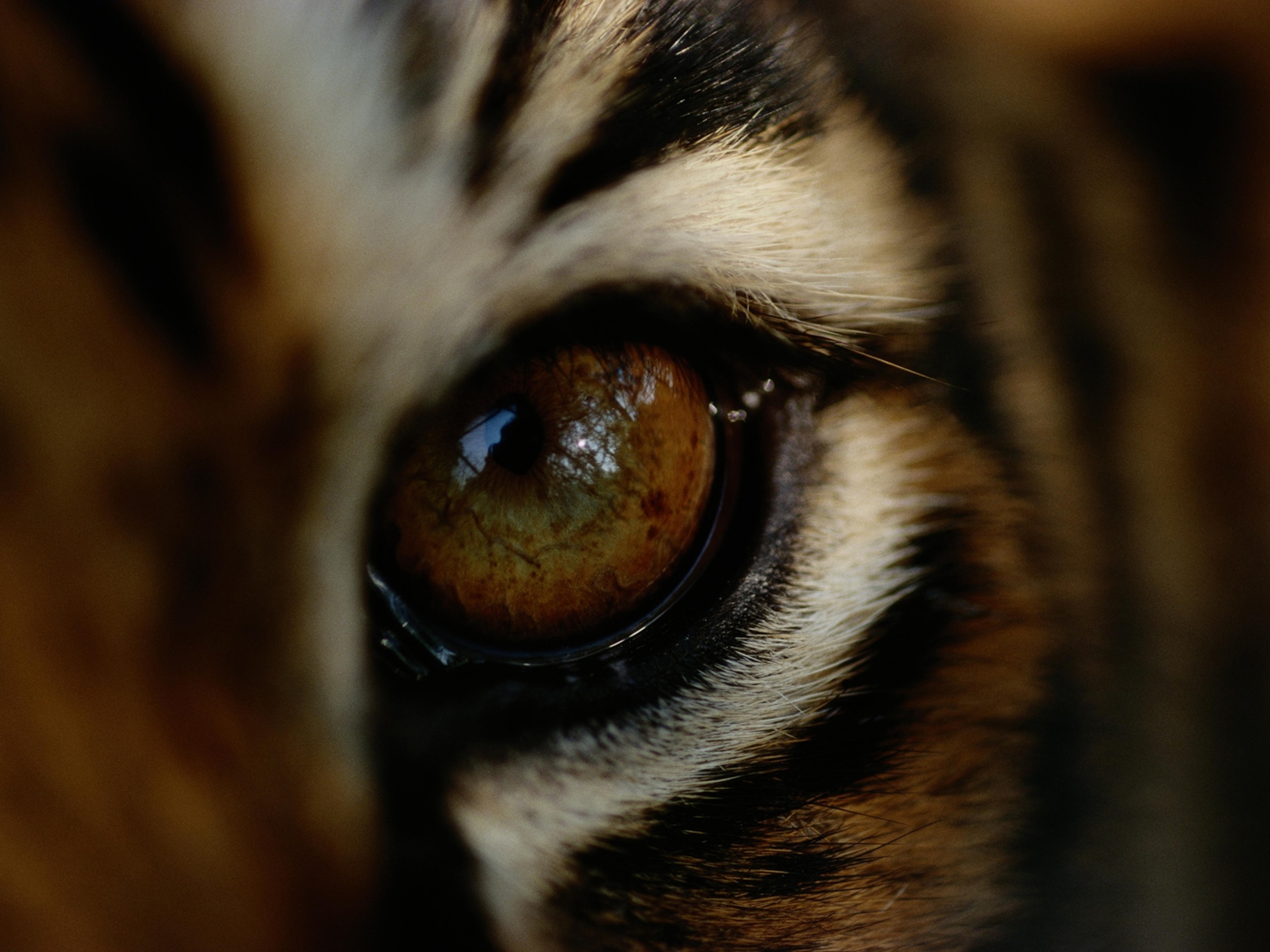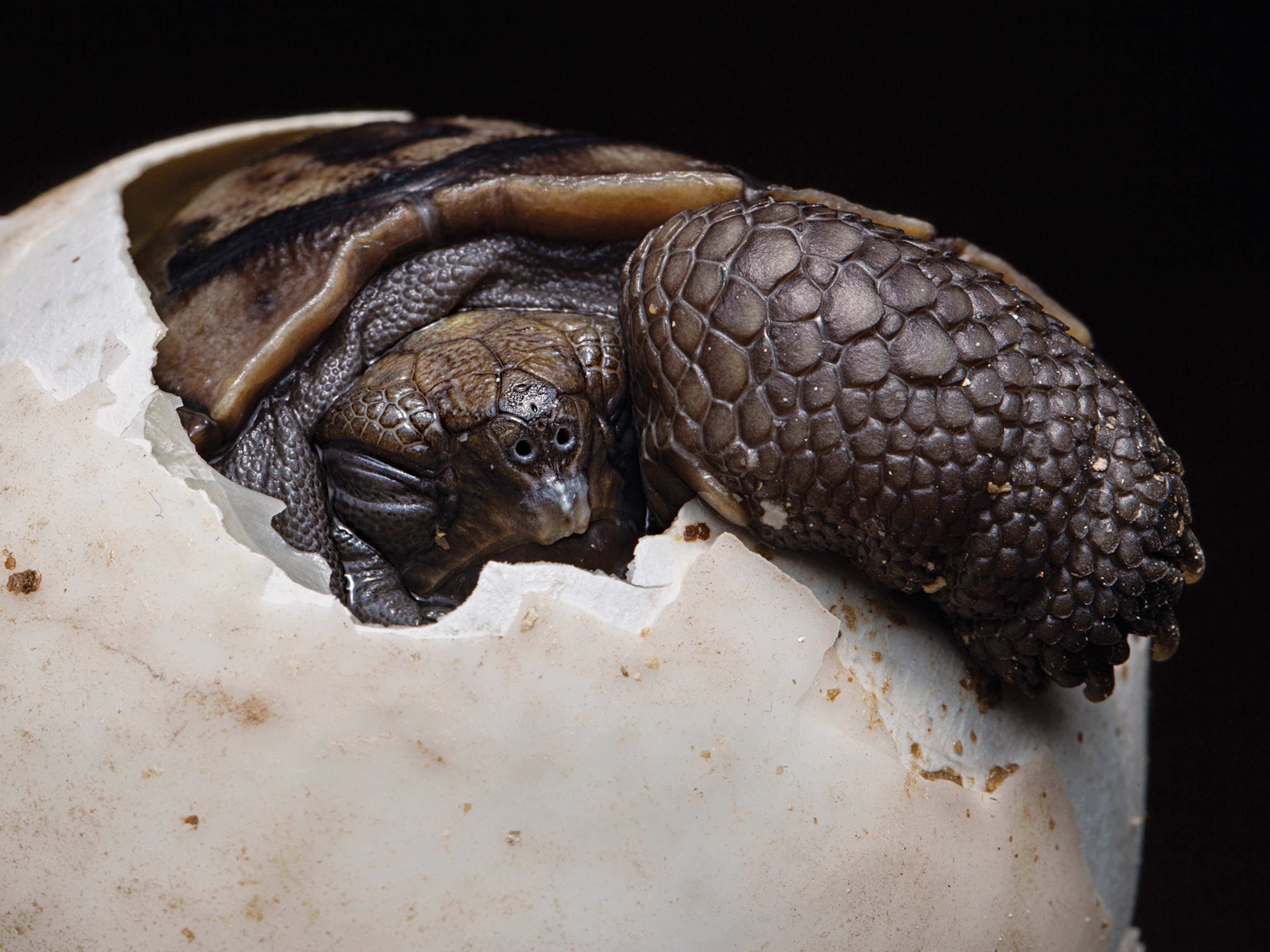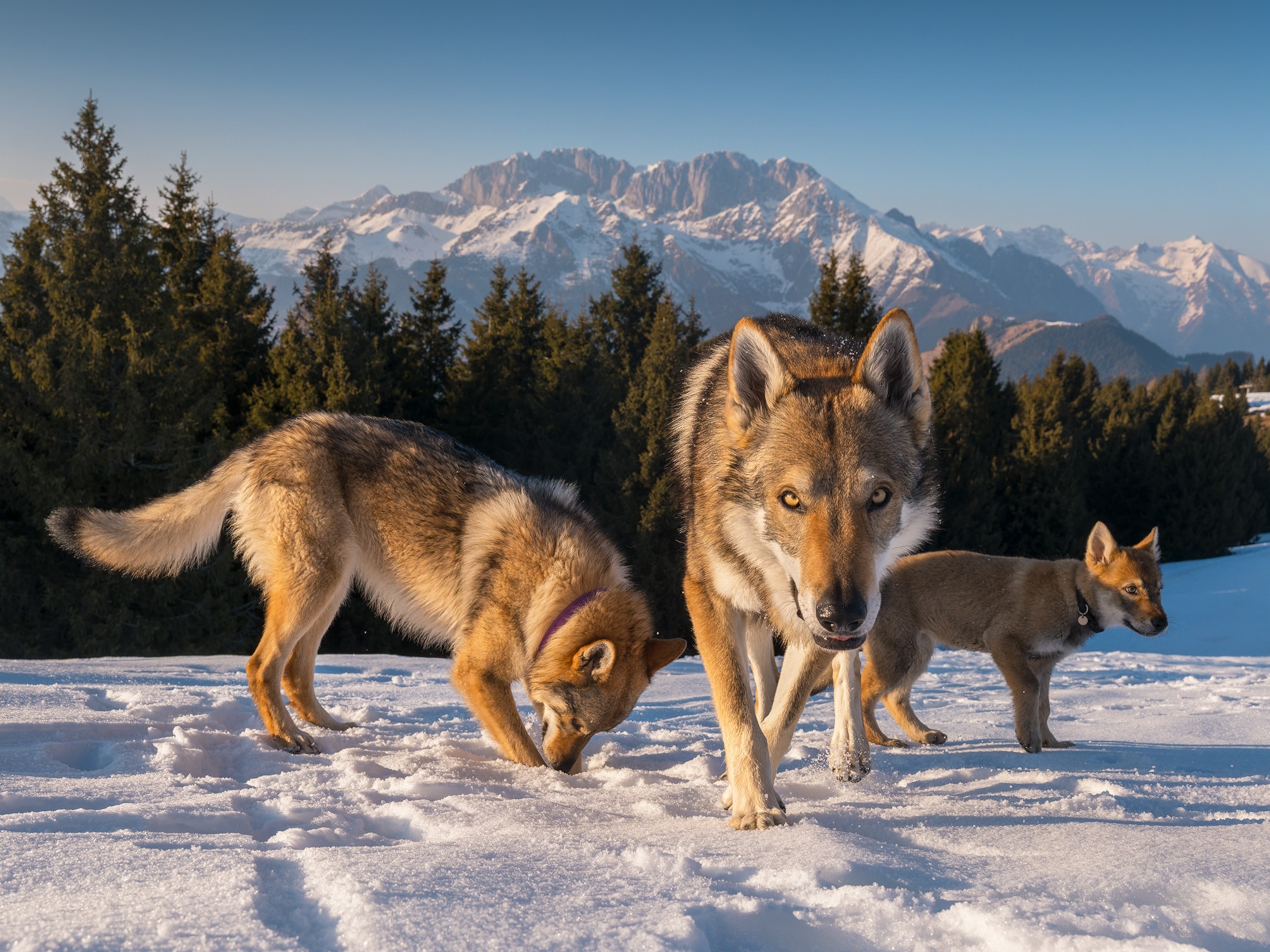We've hunted them, hit them with ships, snagged them with nets and hooks, built beachfront condos on their nest sites, and choked them with plastic bags.
As the world struggles to confront climate change and biodiversity loss, six of Earth's seven species of sea turtles are considered threatened or endangered. The risks facing the seventh, Australia's flatback, are less clear.
And yet, somehow, these creatures survived ice ages and the extinction event that wiped out the dinosaurs. They’re still holding on today—even recovering in many places. In fact, scientists increasingly suspect that the planet's marine turtles may be far more resilient than once thought. But they need our help.
National Geographic photographer Thomas Peschak recently spent more than a year photographing sea turtles around the world, hoping to bring more attention to turtle conservation. Now he's sharing a selection of images that will appear in a forthcoming magazine feature.
